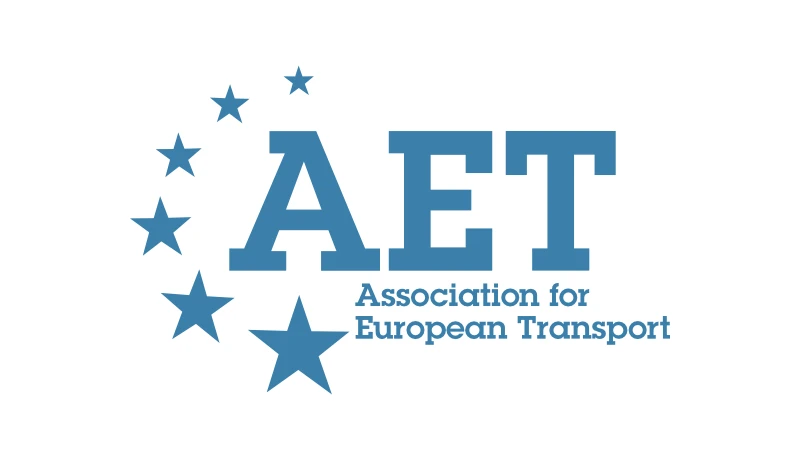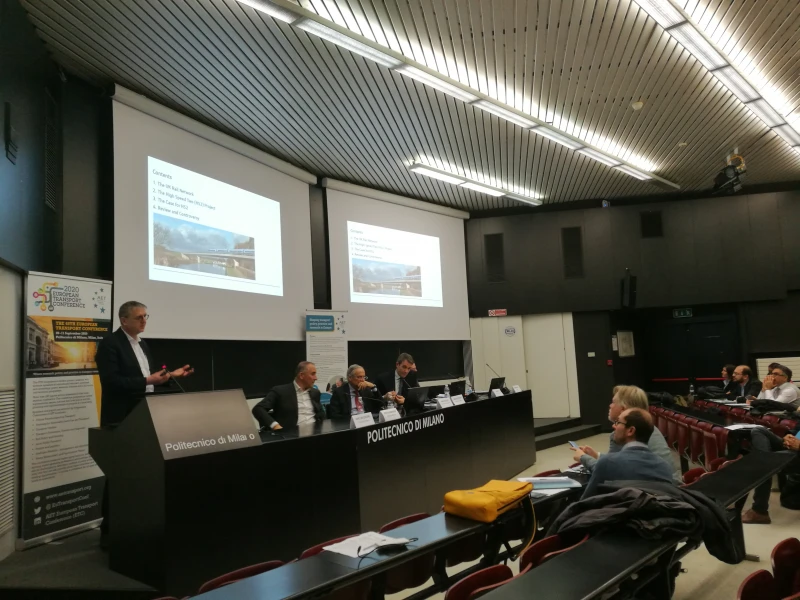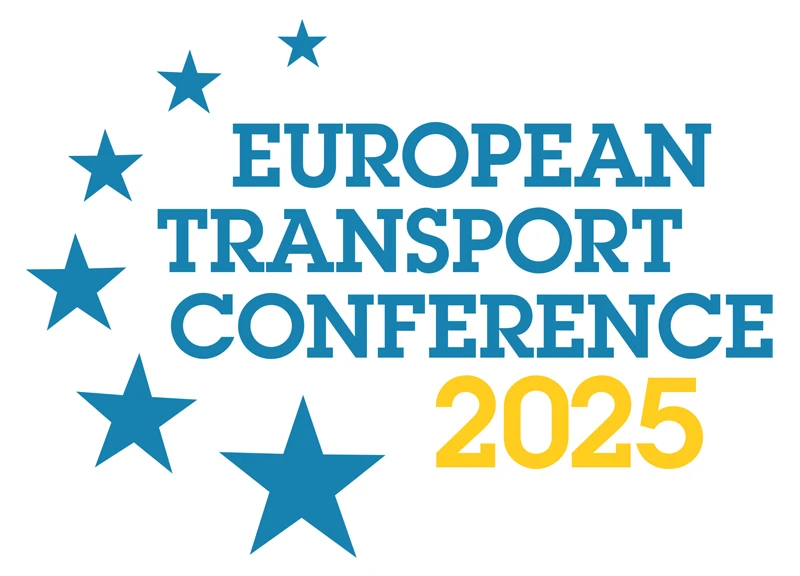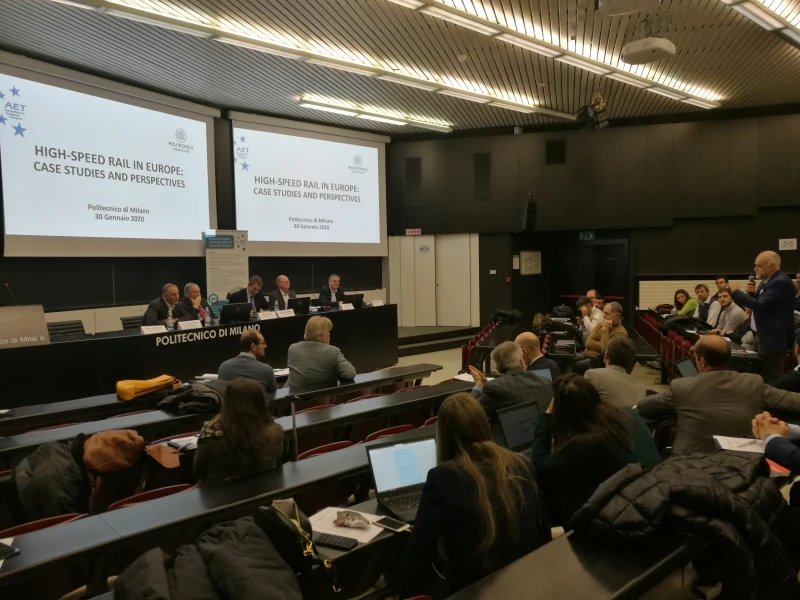-
Past ETC Papers
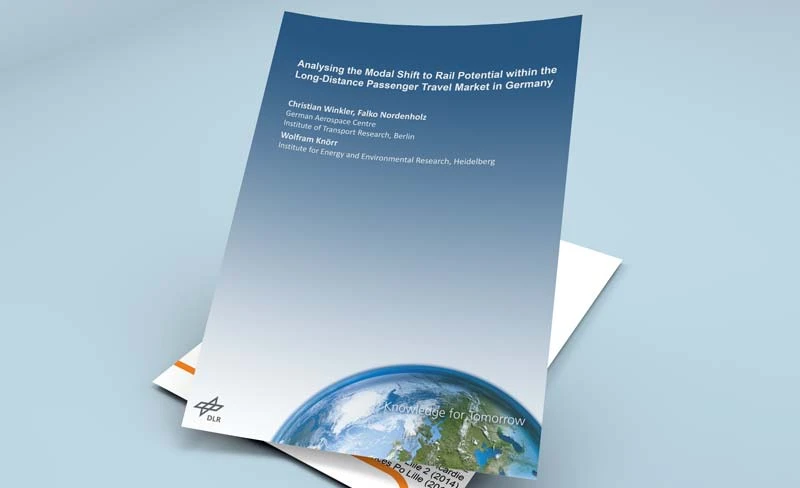
Browse, search and view papers from the past AET Conferences.
-
Members' Area
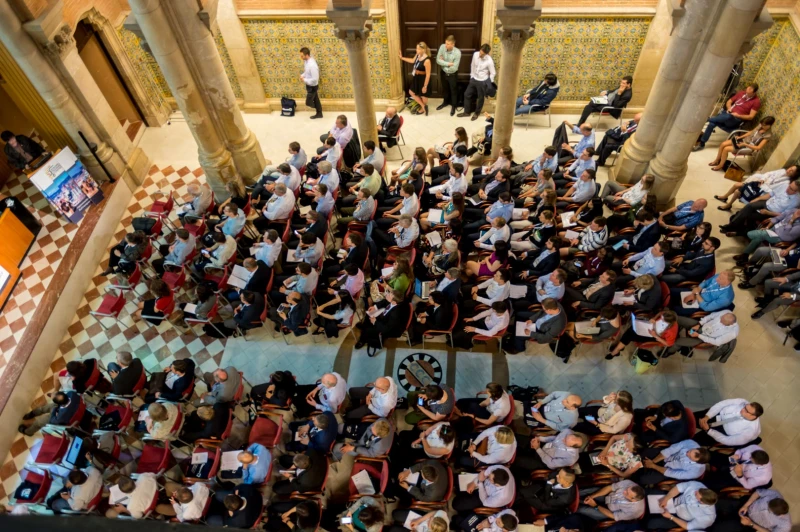
AET promotes networking and exchange of ideas, information and opportunities amongst members.
Conference Papers 2015
Frankfurt, Germany
ETC Conference Papers 2015
A toolbox for the design and operation of Urban Transport Interchanges - Application at the Mikra interchange in Thessaloniki
Seminar
Day 2 (29 Sep 2015), Session 9, Metros, 14:00 - 15:00
Status
Accepted, documents submitted
Submitted by / Abstract owner
Ifigeneia Balampekou
Authors
Ifigeneia Balampekou, Thessaloniki Public Transport Authority, Samouel Alexios Salem, Thessaloniki Public Transport Authority, Dimitra Komnianou, Thessaloniki Public Transport Authority
Short abstract
This paper presents the main findings from tool testing at the Mikra interchange in Thessaloniki in the context of the NODES Project, with additional focus on a 2-phase questionnaire survey, carried out as part of the process.
Abstract
The Public Transport Authority of Thessaloniki (ThePTA) participates in the NODES (New Tools for Design and Operation of Urban Transport Interchanges) Project, a three year research & development project co-funded by the 7th Framework Programme, focusing on the efficient integration of public transport services.
Recognizing the crucial role of interchanges in the transport network, the NODES project aims to develop and deliver a toolbox to support European cities in the design and operation of new or upgraded interchanges. The toolbox covers all the aspects of a modern interchange’s design, construction, operation, maintenance and most importantly successful integration in the urban transport system. The tools that comprise the Toolbox can be legislative/ regulatory, cultural/ social, economic/ financial, organizational, technical (software technology), methodological (method, strategy, planning) etc. Following an initial selection, over 100 tools were included in the NODES toolbox. A number of tools were tested at reference sites of 11 European cities. The selected interchanges varied regarding the number of served modes, size, relative location to the city core, facilities offered, business uses, operational or under construction status etc. covering all the range of possible interchange types. Identifying the most suitable tools for each interchange type was one of the main objectives of NODES.
ThePTA selected the Mikra interchange as a NODES reference site. The Mikra interchange is the only NODES reference site that is a brand new interchange currently under construction. Hence, many of its features are not finalized yet. Mikra will be the end station for the Kalamaria extension line of Thessaloniki’s newly built Metro system. Due to the butterfly urban sprawl shape of Thessaloniki, Mikra is expected to function as the main entrance to the city for the commuters moving from the eastern residential suburbs to the city Centre and the western industrial zone of the city. The unique characteristics of the Mikra interchange bring significant added value to the project and a relatively high number of tools (27 in total) were selected for testing at Mikra. These tools covered the thematic topics of “Integrated land use and infrastructure planning”, “Intermodality and Information and Communication Technologies (ICT) and “Management and business models” with the addition of a 3 cross-topic tools.
This paper presents the main findings from the tool testing process at the Mikra interchange in Thessaloniki for the aforementioned thematic topics. Additional focus is placed on the findings from the two phase questionnaire survey that was carried out as part of the process.
The survey was conducted using the Station Experience Monitoring (SEM) tool which was designed by the Netherlands’ Railways (NS) to measure passenger station experience. The SEM questionnaire was enriched with additional questions aiming to assess not only user satisfaction, but also the impact that the installation of information provision equipment would have on the public transport users. The survey was carried out before and after the installation of two information totems and one VMS (Variable Message Sign) with a sample of 300 responses for each phase, resulting to a total of over 600 questionnaires. The SEM questionnaire was used not only in Thessaloniki but also in another six of the NODES reference sites.
Documents:
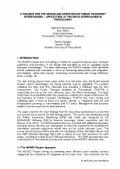
Association For
European Transport
Forester House
Doctors Lane
Henley-in-Arden
Warwickshire, UK
B95 5AW
+44 (0) 15 64 793552
VAT number: 710 1866 64
Conference Supporters & Endorsers

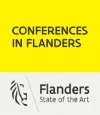


Legal Entity
The Association for European Transport is registered as an Association ('vereniging') with the Chamber of Commerce for Haaglanden in The Netherlands under company number 27170096.
Built on Zenario

